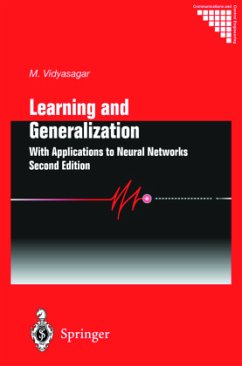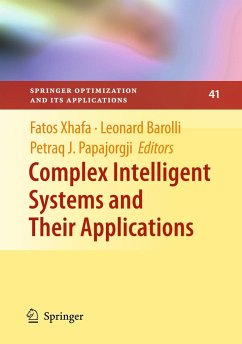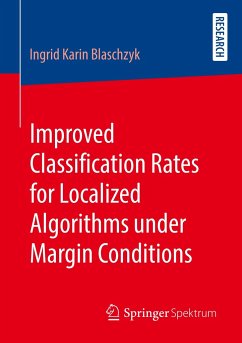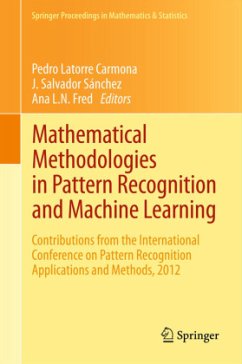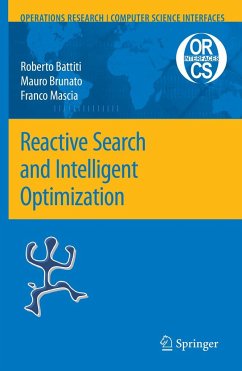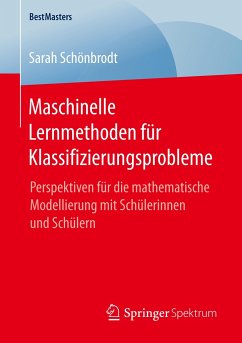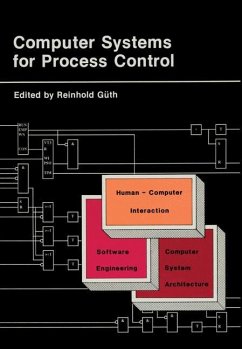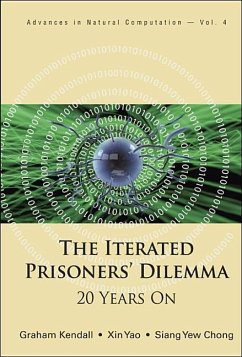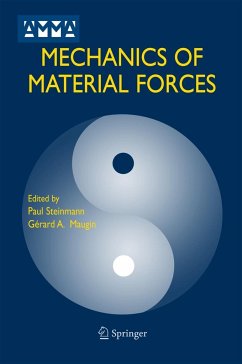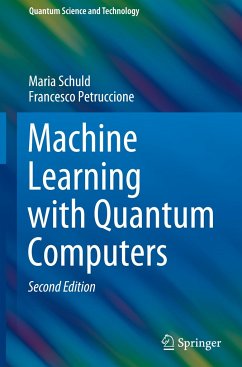
Pattern Recognition and Machine Learning for Self-Study I
Supervised Learning
Versandkostenfrei!
Versandfertig in 6-10 Tagen
53,99 €
inkl. MwSt.

PAYBACK Punkte
27 °P sammeln!
This book explains the basic principles of pattern recognition (PR) and machine learning (ML) in an easy-to-understand manner for beginners who are trying to learn these principles on their own. Readers with a basic knowledge of linear algebra and probability theory will find it easy to follow.Many excellent books in this field have been published in the past. However, these books are not necessarily intended for self-study by beginners.This book limits the topics to the minimum essential themes that beginners should learn, and explains them in detail. This book focuses on supervised learning,...
This book explains the basic principles of pattern recognition (PR) and machine learning (ML) in an easy-to-understand manner for beginners who are trying to learn these principles on their own. Readers with a basic knowledge of linear algebra and probability theory will find it easy to follow.
Many excellent books in this field have been published in the past. However, these books are not necessarily intended for self-study by beginners.
This book limits the topics to the minimum essential themes that beginners should learn, and explains them in detail. This book focuses on supervised learning, first introducing classical but important methods that have contributed to the development of the field. It then explains various methods that have since attracted attention. In explaining these methods, the book also provides a historical account of how new technologies were created as a result of combining classical ideas. The book emphasizes that Bayes decision rule is a fundamental concept in PR and ML.
The following points make this book suitable for self-study by beginners.
(1) The book is self-contained, so that the reader does not need to refer to other books or literature.
(2) To deepen the reader's understanding, exercises are provided at the end of each chapter with detailed solutions available online.
(3) To promote the reader's intuitive understanding, the book presents as many concrete examples as possible.
(4) Coffee Break columns introduce knowledge and know-how from the author's experience.
Many excellent books in this field have been published in the past. However, these books are not necessarily intended for self-study by beginners.
This book limits the topics to the minimum essential themes that beginners should learn, and explains them in detail. This book focuses on supervised learning, first introducing classical but important methods that have contributed to the development of the field. It then explains various methods that have since attracted attention. In explaining these methods, the book also provides a historical account of how new technologies were created as a result of combining classical ideas. The book emphasizes that Bayes decision rule is a fundamental concept in PR and ML.
The following points make this book suitable for self-study by beginners.
(1) The book is self-contained, so that the reader does not need to refer to other books or literature.
(2) To deepen the reader's understanding, exercises are provided at the end of each chapter with detailed solutions available online.
(3) To promote the reader's intuitive understanding, the book presents as many concrete examples as possible.
(4) Coffee Break columns introduce knowledge and know-how from the author's experience.



